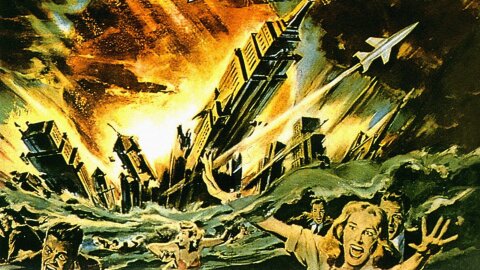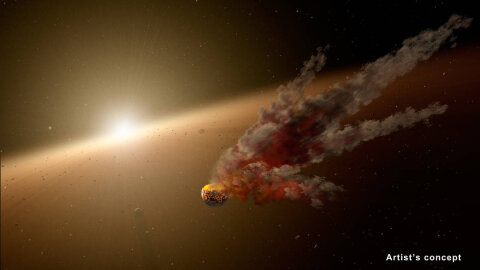


Share
The part of the universe that we can, in principle, capture light from as a function of the speed of light and the expansion of the universe.
Learning more about the breadth and contents of the universe since the 1950s. Hubble and “island universes.” Figuring out there are other galaxies and past and present ideas of just how many there are.
Appreciation for where we are finally. Space travel becoming cheaper and cheaper and the legit settlement of other planets on the horizon.
Spitzer detecting the aftermath of what seems to have been a planetary collision. Other planetary collisions in the history of our own solar system, like the one that produced our moon.

Only 12x the size of earth. Luminosity and distance. What type of star could be in this range of size and luminosity?

Somehow we got to this topic. And now here is some history!
Oh no! Will the planet be able to find a stable orbit in our solar system after presumably affecting the fairly stable orbits of the other planets? Star system escape velocities.
And not even having time to remark upon the clearly engineered structures on the surface before your whole planet is flung from its sun and everything freezes and you die. :cry: